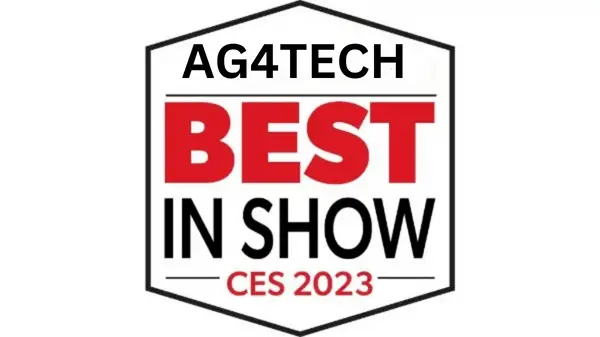CES is the largest trade show on the tech calendar, with the industry congregating in Las Vegas every January to debut the newest and best in smart home, automobile, and PC technology – and more.
It’s not usually the busiest week for smartphone releases, but for just about anything else with wires (or without, as wireless technology continues to improve), it doesn’t get much better than today.
Although AG4Tech was unable to attend the expo in person this year, we have been covering everything that was announced, and there are some apparent standouts. So, without further ado, meet our Best of CES 2023 in Show Award winners.
Asus ProArt Studiobook 16 3D OLED
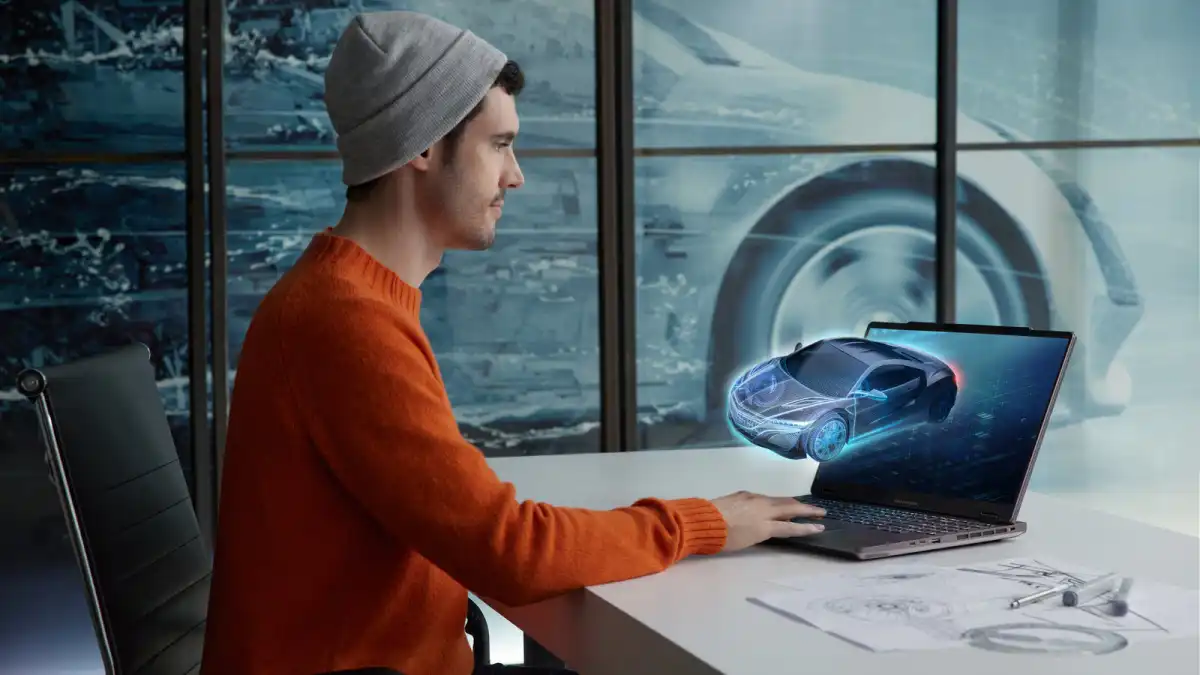
Thought 3D technology was obsolete? Consider again. Asus has new computers with the technology built in, but you don’t need to wear glasses this time.
The ProArt Studiobook 16 3D OLED switches between 2D and 3D modes with the click of a button, with the latter proving particularly stunning during our tests. It seems like a laptop from the future, with a 120Hz OLED screen and top-tier performance characteristics.
It’s also worth noting the Vivobook Pro 16X 3D OLED, which is essentially similar with the exception of a haptic trackpad and tactile dial – and costs somewhat less.
HTC Vive XR Elite
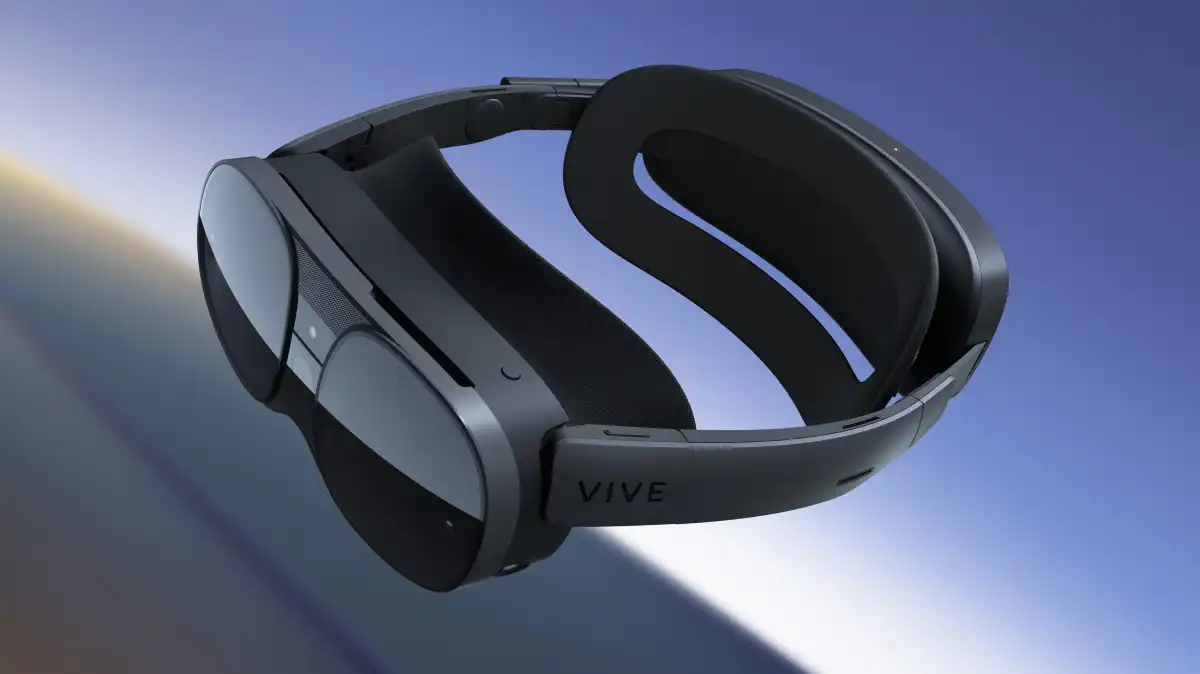
The HTC Vive XR Elite is targeting the Meta Quest Pro, delivering a separate VR and AR headset with features such as a dedicated depth sensor that might allow for more precise placement than Meta’s alternative.
It also has a modular design that allows it to transition from a regular VR headset to a pair of sunglasses, similar to the Vive Flow, and the battery is hot-swappable, allowing you to use it for longer than the stated two hours. HTC plans to offer more tracking modules later this year, allowing you to save money and just acquire the enhancements that are most important to you.
Read also : The Best Fitness Trackers in 2023
Our main issue is that HTC’s Viverse lags behind the enormous library of apps and games in the Meta Store, despite a promise of 100 new apps and games when it launches in a few months.
Sony PlayStation Project Leonardo
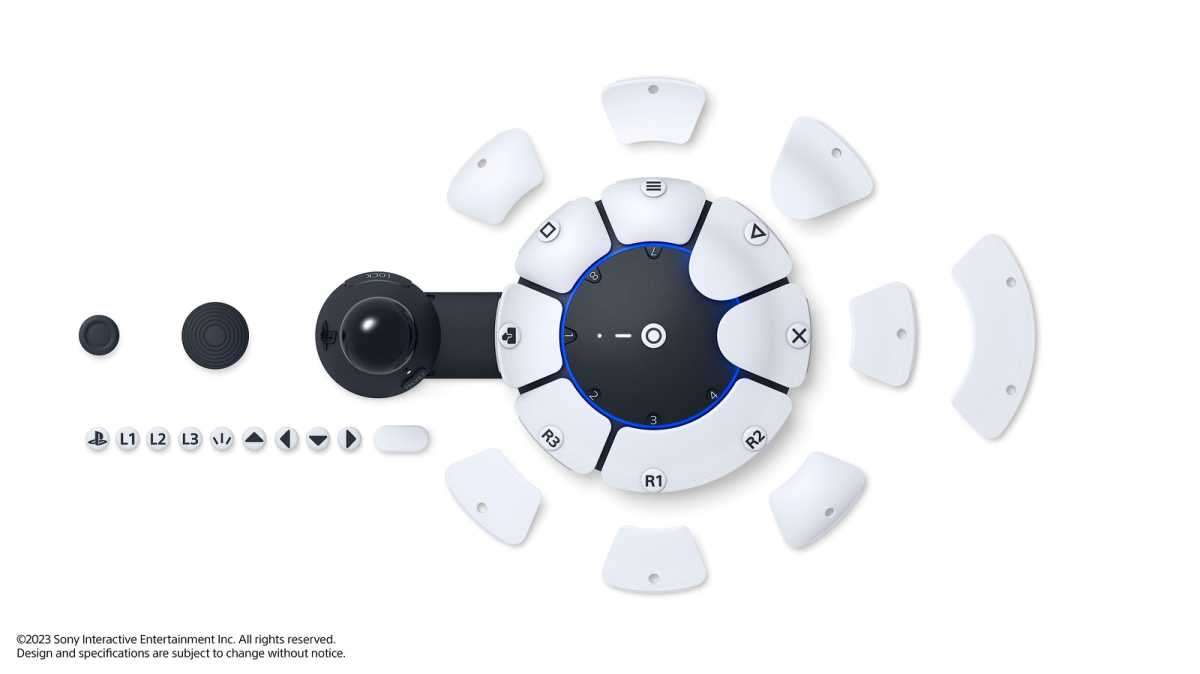
Better late than never, Sony has finally released Project Leonardo, their response to the Xbox Adaptive Controller, a controller meant to increase accessibility.
As the name implies, this is a work-in-progress, and final features (as well as release date and cost) are yet unknown. But what we’ve seen so far is intriguing, with a controller that can rest flat on a variety of surfaces, configurable and remappable buttons, and the ability to connect other inputs.
Best of all, as accessibility advocate Steven Spohn pointed out, this is a completely different approach from Microsoft’s – which isn’t to suggest one is superior, but that this now opens up new methods for people to play, which can only be a positive thing.
LG Gram Style
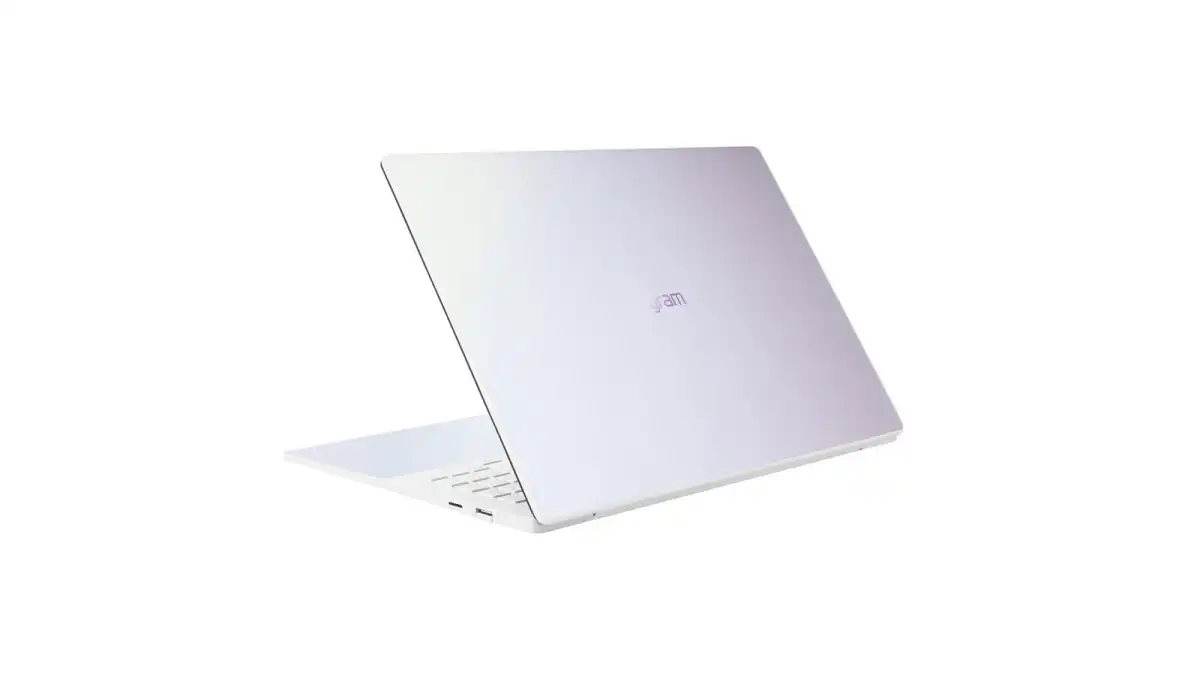
In a world where most clamshell laptops look the same, LG’s new Gram Style defies convention.
Iridescent glass on the back and keyboard provides it a beautiful color-changing look when moved and is available in 14in and 16in variants. The haptic trackpad is likewise fully concealed, only lighting up when you contact it.
When combined with detailed OLED screens at 90- or 120Hz and new Intel CPUs (also unveiled at CES), the Gram Style makes no sacrifices.
Ring Car Cam

The Ring Car Cam, which was announced over two years ago, is now an actual product and is currently available for pre-order in the United States.
It is not a dash cam, despite its appearance. Instead, like other Ring Cams, this device is a vehicle security camera. It is mounted on your dashboard and features both front- and rear-facing cameras, providing a nearly 360° picture of your car.
The Car Cam differs from most standard dash cameras in that it has an optional LTE connection, which means you can get real-time alerts on your phone and see the footage remotely, much like a smart home security camera. So you’ll know right immediately if someone reverses into your car or attempts to break in.
Nanoleaf’s Sense+ Controls and Nala Learning Bridge
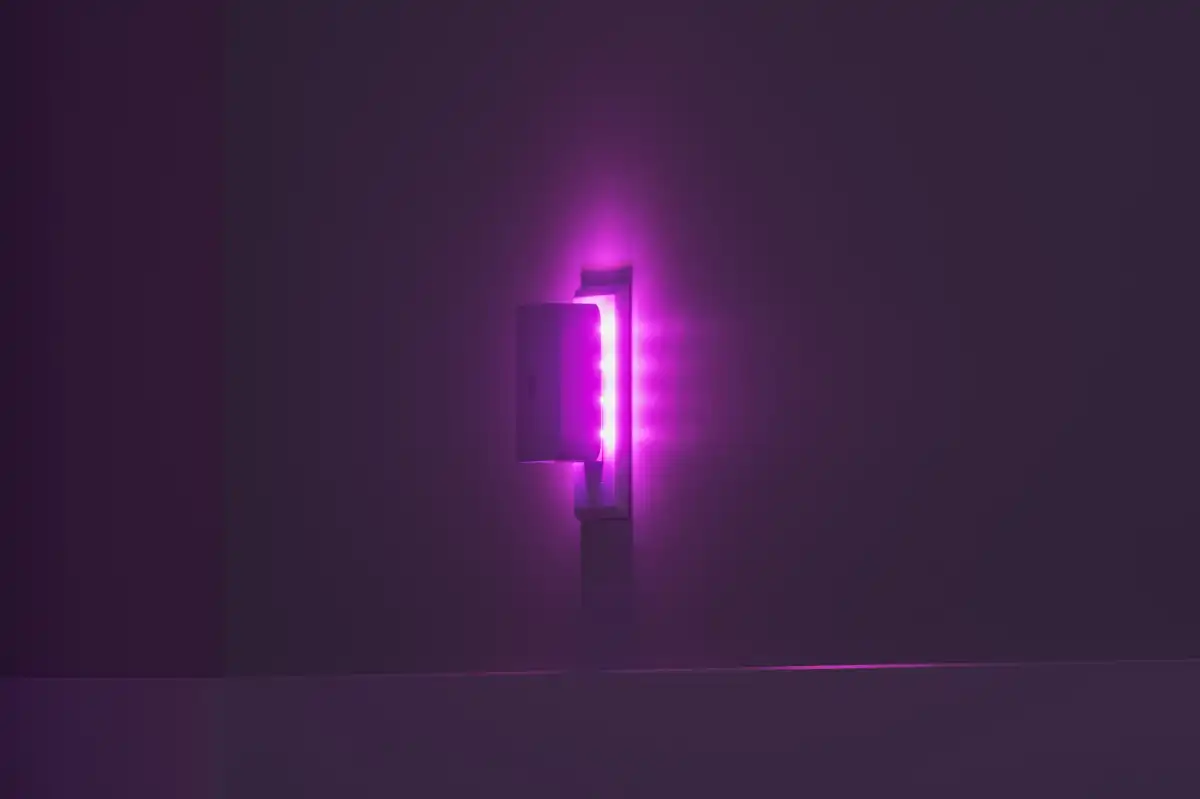
Nanoleaf is best known for its beautiful wall lights, but as the previous several months have shown, the brand is much more. It was one of the first firms to introduce Matter-certified smart lights in November.
It has now released another first: a really intelligent smart lighting system (that is also Matter-compatible). Nanoleaf 4D, a TV screen mirror setup; wired and wireless smart light switches; and a modular ceiling light are among the new product offerings. However, what distinguishes it from other systems is Nanoleaf’s Automated Learning Assistant, Nala.
Get the Nala Learning Bridge, which also serves as a nightlight, and you can not only manage all of your Nanoleaf lights at once – even your decorative wall panels, which will receive a software update – but Nala will also learn your habits and forecast what illumination you’ll like. “The world’s first ever hands-free smart lighting experience,” according to Nanoleaf.
Lenovo Yoga Book 9i
 Although folding phones are becoming popular, there is considerable skepticism about the use of dual screen handsets. We’re fans, having used the Microsoft Surface Duo 2 and the LG V60.
Although folding phones are becoming popular, there is considerable skepticism about the use of dual screen handsets. We’re fans, having used the Microsoft Surface Duo 2 and the LG V60.
If you agree, you’ll enjoy Lenovo’s slightly insane dual screen laptop/tablet, the Yoga Book 9i. It’s a high-end computer that appears like a laptop but features two 13.3-inch 2K displays instead of a keyboard – the keyboard comes with it as a folio case and can be used in a variety of ways.
Read also : What in CES 2023
It may be overkill, but it might also be a nice method to display more text and data, or to run two complete Windows programs at the same time.
Motorola ThinkPhone
 If you recall Lenovo’s ThinkBook notebooks, with their spartan design highlighted by a small red nubbin that’s tougher to operate as a mouse than you remember, this may be the phone for you.
If you recall Lenovo’s ThinkBook notebooks, with their spartan design highlighted by a small red nubbin that’s tougher to operate as a mouse than you remember, this may be the phone for you.
Motorola, which is owned by Lenovo, has released the first ThinkPhone, which is just a Motorola Edge 30 Fusion with a Think-ish carbon fiber finish, a larger battery, and a slew of business software advantages. Fortunately, we liked the Edge 30 Fusion.
It’s geared at corporations, which Moto hopes will buy fleets of them, but it’ll be accessible for purchase by anybody who likes the design. Pricing has yet to be determined.
Nvidia GeForce Now Ultimate

Nvidia may have grabbed the hearts of PC gamers with the unveiling (or should that be re-reveal?) of the RTX 4070 Ti, but it was the news of Nvidia GeForce Now Ultimate, a new tier coming to Nvidia’s cloud-based PC game streaming service in the coming months, that piqued our interest.
It’s an interesting step in the cloud gaming sector, with the promise of RTX 4080 performance and power, a new streaming mode that offers 240fps gameplay with less latency than a console, and a free upgrade for existing RTX 3080 tier users.
LG Signature OLED M3
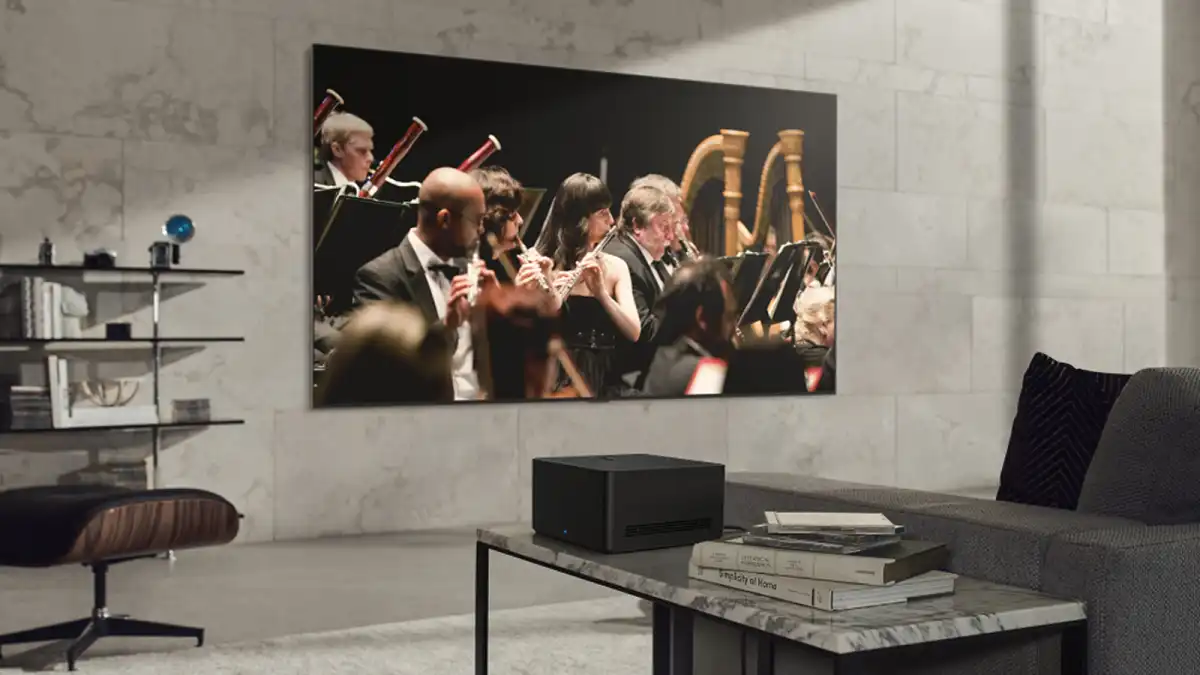
Television’s future is wireless. The 97-inch LG Signature OLED M3 still requires a power wire, but all of its media inputs can be connected to the ‘Zero Connect’ box, which can be positioned up to 50 feet away and delivers video to the TV without a single cable, even at 4K at 120Hz.
It’s great for wall installation and solves – or at the very least relocates – your wire management issues.
We also witnessed an even more wireless TV from Displace, which doesn’t even require a power cord and runs on batteries for weeks on a single charge. It even magnetically adheres to walls and windows, saving time on installation, although it appears to be designed for companies – most of us don’t want to pull the TV down once a month to charge it.


